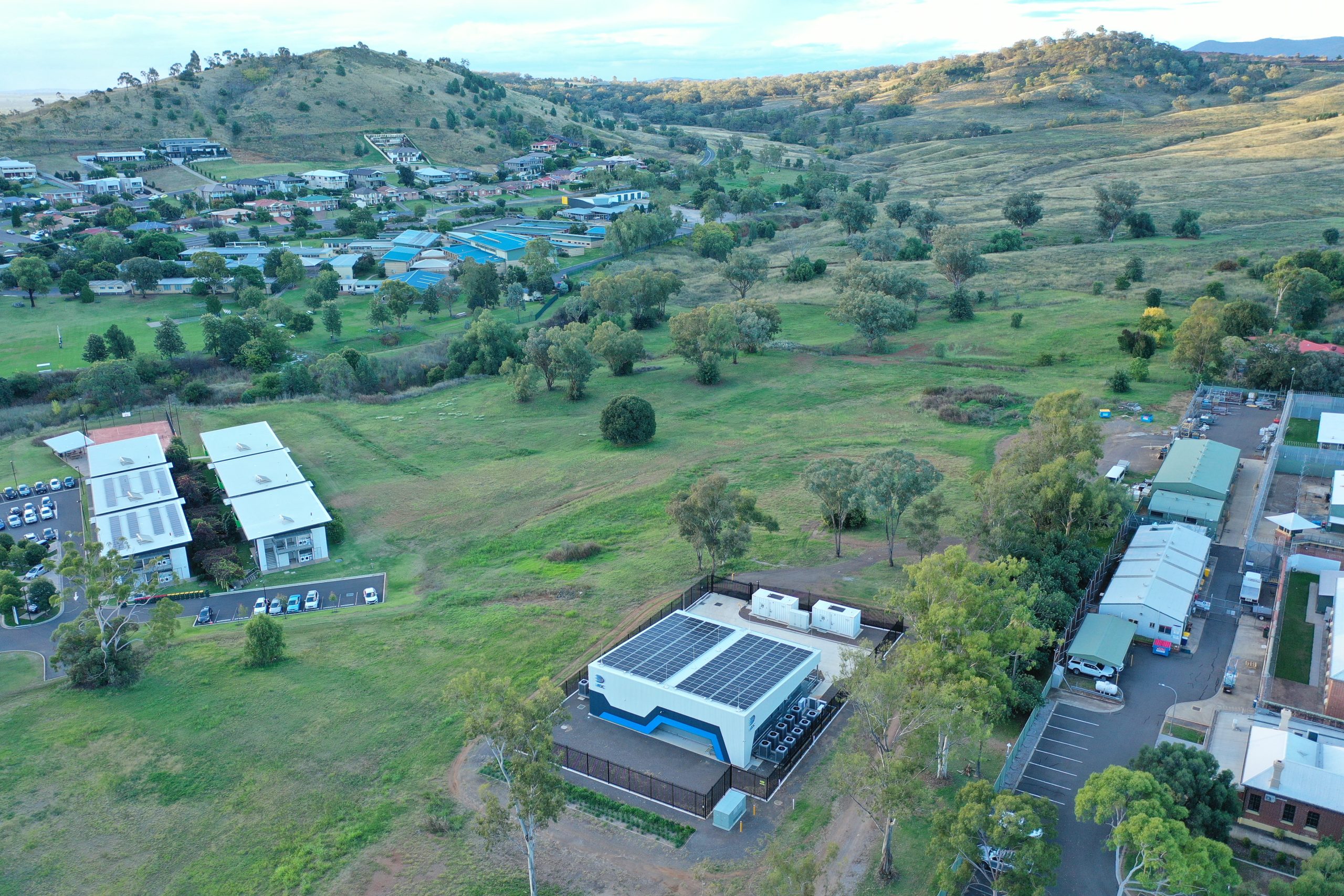Pick a Cloud, Any Cloud

The evolution of Cloud has seen many forms over the years, and it can be difficult to navigate and understand what each one means.
We’ve made it simple by providing definitions and benefits of each type of cloud configuration:
PRIVATE CLOUD
A private cloud consists of cloud computing resources used exclusively by an organisation. The private cloud can be physically located in an on-premises data centre or it can be hosted by a third-party service provider – but the services are always dedicated to your organisation.
The benefits of a private cloud include direct control of security, data sovereignty and better availability – as your resources are not shared. Using a third-party private cloud service provider typically permits increased scalability and flexibility as resources are built to support multiple tenancies.
PUBLIC CLOUD
When using a public cloud, the cloud resources (like servers and storage) are owned and operated by a third-party cloud service provider and delivered over the Internet for the benefit of multiple customers. The most-well known public cloud providers are Amazon Web Services, Google Cloud and Microsoft Azure.
In a public cloud, you share servers and storage with other organisations. Public cloud deployments are frequently used to provide email, business applications, storage, and testing and development environments.
Public cloud usage has skyrocketed in the past few years, and Gartner forecasts global public cloud pending to grow 23% in 2021. The reason for the continued growth is due to the lower cost of ownership, as there is no need to purchase hardware or software licensing. Your service provider maintains huge quantities of redundant infrastructure for increased resilience and uptime, and on-demand resources are infinitely scalable to meet business needs. Therefore, you pay only for the service you use – also known as the ‘as a service’ model.
HYBRID CLOUD
A hybrid cloud platform provides organisations many advantages over using only public or private cloud. Creating a solution incorporating both public and private cloud provides greater flexibility, security, compliance and increased value from leveraging existing infrastructure investments. If demand for compute fluctuates, hybrid solutions combined with containerisation give businesses the ability to manage overflow by scaling from private cloud to public cloud. Organisations improve flexibility by running discrete workloads in the public cloud while keeping sensitive data in their own data centre to meet their needs or regulatory requirements.
Hybrid is a great solution for organisations that are not able to commit to a full migration to the public cloud model. Over the past three years, Gartner suggests that client interest in hybrid cloud has grown 15%. This is because hybrid cloud allows companies to scale resources to handle normal workloads rather than peak requirements, eliminating the need to deliver infrastructure able to handle short-term spikes in demand. Companies will only pay for the public cloud ‘overflow’ resources they temporarily use instead of having to scale infrastructure that remains idle in normal circumstances.
Hybrid cloud provides a number of key advantages:
-
Control – your organisation can maintain a private infrastructure for sensitive data or workloads that require low latency
-
Flexibility – you can scale workloads into the public cloud during peak load
-
Cost-effectiveness – you only pay for overflow compute when required
-
Ease – simplifies your transition to the cloud, phasing in workloads over time.
DISTRIBUTED CLOUD – THE FUTURE OF CLOUD
Historically, location has not been relevant to cloud computing. In fact, location has been abstracted away from the service on purpose, which inspired the term ‘cloud computing’ in the first place. But with distributed cloud, location matters.
Distributed cloud has origins in public cloud, hybrid cloud and edge computing. Public cloud providers have supported multiple zones and regions for many years. With hybrid offerings, public cloud services can now be distributed to different physical locations, including the edge.
Distributed cloud locates compute physically closer to the user, reducing latency and extending the use cases for the model to previously inaccessible applications. In this model, maintenance and development still remain the responsibility of the public cloud provider, while also ensuring a consistent control plane to administer the cloud infrastructure from public to private cloud, reducing the risk of global network-related outages.








